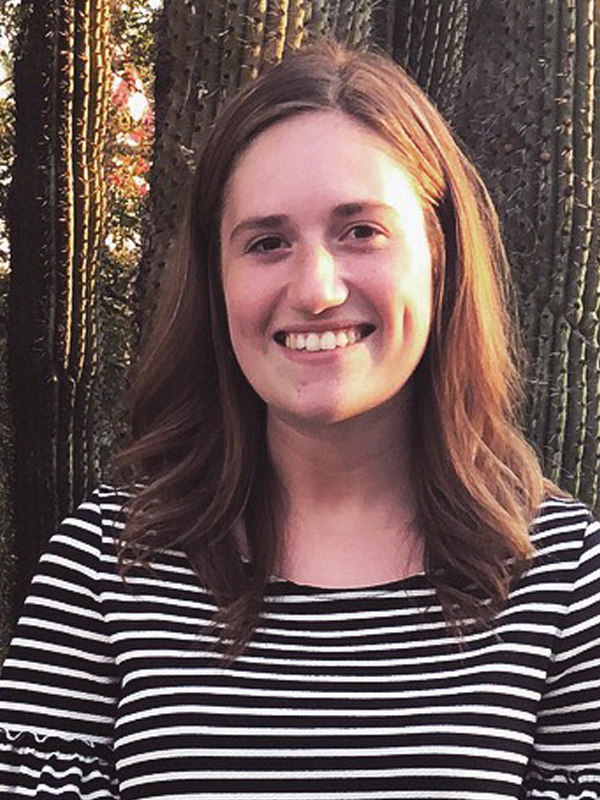Visionaries: Teaching is noble
Krishna Nemali has his hands in a little bit of everything. From teaching, to extension, to research, it seems like he does it all. One of Nemali’s main projects is his Indoor leafy greens production system.
The system consists of small units he built that contain LED lights. They can be used to grow food such as lettuce, spinach, and even small tomatoes indoors. While a lot of people could benefit from having this production unit, one event inspired Nemali to share it specifically with children.
“A couple of years back, my (now) 10-year-old son went to a summer program that involved growing vegetables outdoors, harvesting them, and making some soups and salads,” Nemali said. “The program was only a week or two long, but afterward, my kid was all about eating healthy for the next few months.”This got Nemali thinking. He realized that when you give children this type of hands-on experience and allow them to see the life cycle of plants, they are more interested in eating healthy.
Nemali knew that more kids needed to experience what his son had, so he decided to bring the indoor leafy greens production system to a school.
“We had been working on indoor production systems for about two years and had most of the details nailed down, but then we needed to figure out how to customize it to school children,” he said. “We altered the design, simplified it, and made the shelves a lower height for children.”
Tri-County Intermediate School in Wolcott, Indiana, is currently putting Nemali’s work to the test.
Nemali is excited to continue this project and see it expand. With childhood obesity on the rise, he said it’s important to give children access to healthy food.
“The key here is educating our children with the foods that have a lot of nutrients,” Nemali said. “When we educate them and develop these eating habits, we will get closer to tackling the childhood obesity problem.”Related Blogs and Videos
Meet the Filmmaker/Blogger
 Cheyenne Dunn
Cheyenne Dunn About Visionaries
This blog and video are part of the Visionaries series, which highlights the work and lives of researchers in the Purdue University College of Agriculture. The content for this series is created by the students of ASEC 280 (Digital Storytelling).
Explore other videos and blogs created by our student-filmmakers
Videos are also available on the Purdue Agricultural Sciences Education and Communication YouTube channel






